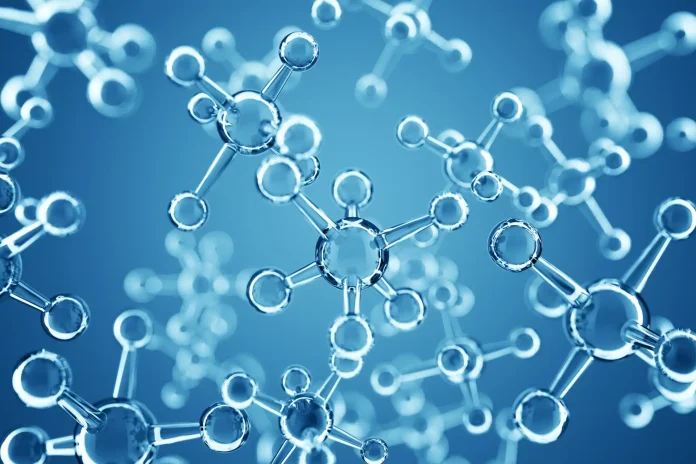Scientists have made a groundbreaking discovery by developing a new molecular device. This innovation holds excellent promises for targeted drug delivery in medical treatment and the creation of self-healing materials in engineering.
Targeted Drug Delivery
Researchers from The University of Manchester published their findings in the prestigious journal Nature. Their work describes a new technique utilizing a unique type of interlocked molecule called a rotaxane. This component acts as a force-controlled release system. When subjected to mechanical force, such as the pressure experienced at an injury site, the rotaxane triggers the release of functional molecules with pinpoint accuracy.
Self-Healing Materials
The applications of this molecular device extend beyond the medical field. This technology offers exciting prospects for the development of self-healing materials. Think of it as a phone screen that automatically repairs scratches. When a material experiences damage, the rotaxane system releases healing agents, extending the lifespan of these materials greatly.
Professor Guillaume De Bo, Professor of Organic Chemistry at The University of Manchester, emphasizes the transformative possibility of this technology:
“Forces are everywhere in nature and play crucial roles in various processes. We aimed to exploit these forces for transformative applications, particularly in material durability and drug delivery. While this is just a proof-of-concept design, we believe that our rotaxane-based approach holds immense potential with far-reaching applications — we’re on the brink of some truly remarkable advancements in healthcare and technology.”
Also Check: Wearable Robotics Now Offers Hope Against Parkinson Freezing
Limitations of the Study
Traditionally, controlling the release of molecules via force has faced limitations, mainly when dealing with multiple molecules at once. Existing methods often resemble a molecular tug-of-war, where two polymers compete to release just one molecule.
This new approach introduces a relatively new concept. Two polymer chains are attached to a central ring-like structure. This structure slides along an axle, carrying the cargo (molecules) released upon force application. This creative design allows for the simultaneous release of multiple cargo molecules, surpassing limitations encountered in previous systems.
The researchers showcased the release of up to five molecules simultaneously, with the potential to release even more. Additionally, they demonstrated the system’s versatility using various types of molecules, including drug compounds, fluorescent markers, catalysts, and monomers. This adaptability lays the groundwork for a vast array of future applications.
Future Directions for this Research
The research team is actively exploring further possibilities. Their focus lies on applications in self-healing materials, particularly the co-release of two distinct molecules. An ideal scenario would involve the release of monomers alongside catalysts at the damage site, generating polymerization and creating an integrated self-healing system within the material. They also aim to expand the range of molecules the system can release.
Professor De Bo expresses his enthusiasm for the future of this technology: “We’ve barely scratched the surface of what this technology can achieve. The possibilities are limitless, and we’re excited to explore further.”
Related: Explaining Brain Cell Connectivity With Simple Hebbian Model
This new molecular device for targeted drug testing represents a significant leap forward in medicine and material engineering. The ability to control the release of multiple molecules with pinpoint accuracy using force offers a powerful tool for targeted drug delivery. It paves the way for the development of revolutionary self-healing materials. As more research is conducted on this technology, we can expect to see even more advancements in the future.



